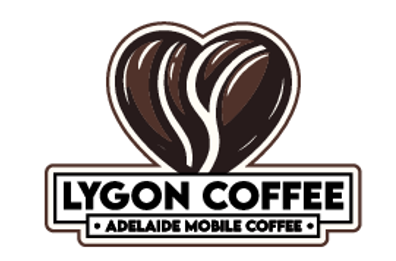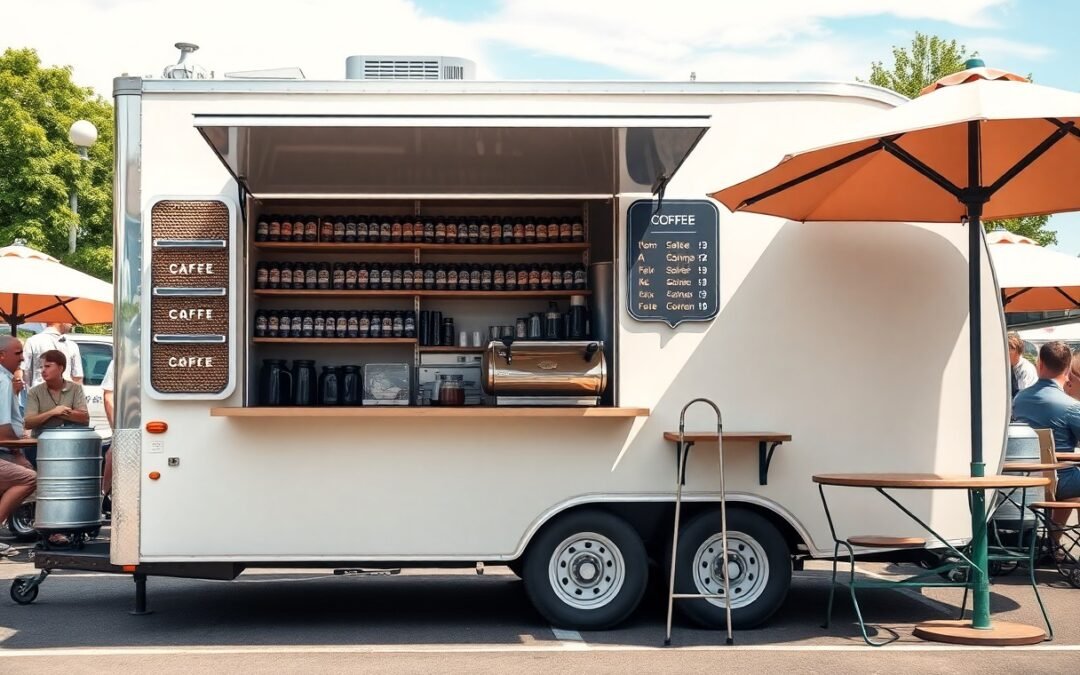Mobile cafes are an exciting venture that allows you to bring gourmet coffee and delicious snacks directly to your customers. In this guide, you will learn how to effectively set up your mobile cafe, covering everything from choosing the right vehicle to stocking necessary equipment and crafting a unique menu. By following these steps, you’ll create a profitable business that meets the demands of coffee lovers in your area.
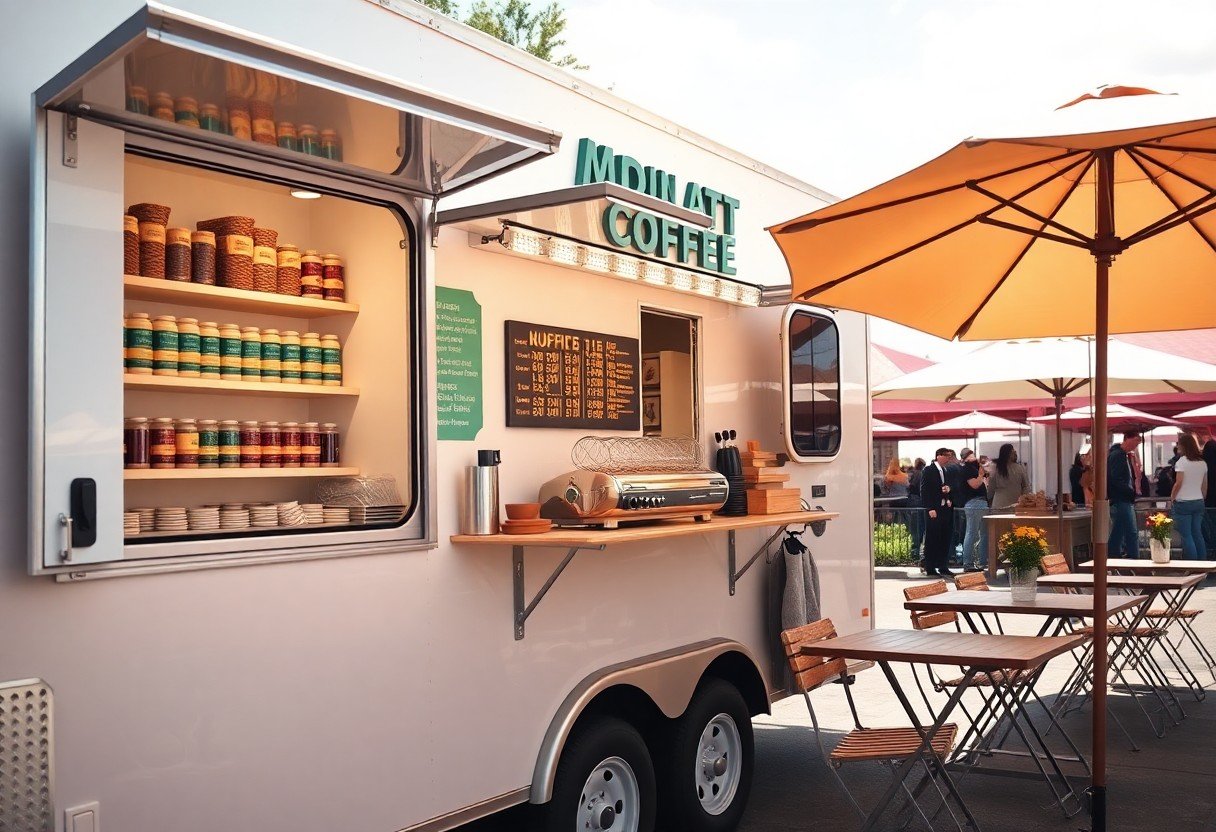
Crafting Your Café Concept
Identifying Your Unique Selling Proposition
Establishing a unique selling proposition (USP) defines your mobile café’s identity in a saturated market. Consider what differentiates your offerings from competitors, whether it’s artisanal coffee, specialty teas, sustainably sourced ingredients, or a signature drink that tantalizes the taste buds. Delve into customer feedback to fine-tune these elements and ensure they resonate with potential patrons. Your USP should reflect not only what you sell but how you present it, creating an experience that engages customers and fosters loyalty.
For instance, a mobile café specializing in small-batch organic beverages might attract health-conscious consumers, while one that features themed pop-up experiences can draw in event-goers. Tailor your menu, ambiance, and marketing strategies to spotlight this unique aspect, ensuring your brand remains memorable and compelling.
Target Audience and Market Research
Your target audience dictates the style, menu, and location of your mobile café. Conduct thorough market research to identify the demographics and preferences of potential customers in your operating areas. Utilize tools such as surveys, social media polls, and competitor analysis to gather insights. Local events, community gatherings, and public spaces can serve as ideal venues, but understanding your audience’s habits and preferences will help refine your choices.
Analyzing local trends can unveil opportunities for niche markets. If health trends are rising in your area, you might consider offering plant-based menu options. Alternatively, urban neighborhoods may value quick, on-the-go refreshments. Tailor your offerings and marketing to align with these insights, ensuring that your café meets the precise needs of your potential client base.
Your market research should be an ongoing process. Regularly assess consumer feedback and industry trends, adapting your café’s offerings and strategies as needed. Engaging with your audience through social media and local events can also provide invaluable information to help you stay ahead of changing preferences.
Navigating Legal Landscapes
Licensing and Permits Essentials
Starting your mobile café requires obtaining the necessary licenses and permits, which can vary by location. You’ll need a business license, a food service permit, and potentially a mobile vendor permit. Research local regulations to ensure compliance and consider consulting with local authorities or a legal expert familiar with food service laws. Each state has its own set of requirements, and some cities may impose additional regulations, so be thorough in your inquiries.
Securing the right permits can take time and may involve inspections, fees, and waiting periods. For a comprehensive overview of licensing and setup, check out How to Set Up a Mobile Coffee Shop: The Ultimate Guide. Without these legal prerequisites, your operations could be halted by fines or shutdowns, so prioritize getting these in order before launching your services.
Health and Safety Regulations in Mobile Food Service
Adhering to health and safety regulations is non-negotiable in the mobile food industry. You must follow food safety protocols, which include proper food handling techniques, adequate refrigeration for perishables, and cleanliness in your food preparation areas. Local health departments typically require regular inspections to uphold these standards and ensure customer safety, so maintaining a proactive approach to sanitation is vital.
Consider implementing a training program for yourself and all staff members that covers topics such as food allergies, proper cooking temperatures, and personal hygiene practices. This not only prepares you to meet health requirements but also establishes a reputable image for your mobile café, reassuring customers about the safety of your offerings.
Health and safety regulations are designed to protect both you and your customers from foodborne illnesses and other health hazards. Familiarize yourself with the specific regulations enforced in your area, as violations can lead to hefty fines or even the loss of your operating license. Regularly review and update your practices, as compliance is an ongoing responsibility that directly impacts your café’s reputation and success.
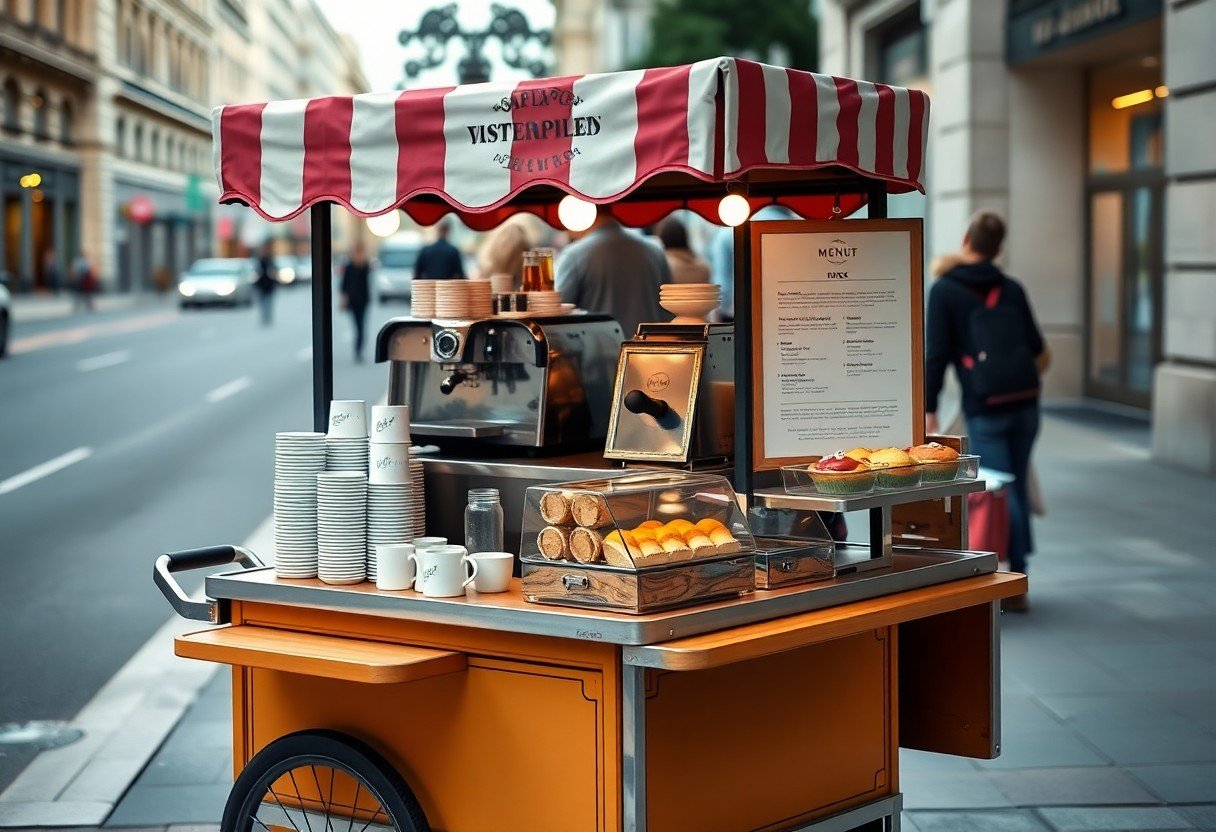
Building Your Mobile Café Infrastructure
Vehicle Selection: What Works Best?
Choosing the right vehicle is fundamental to your mobile café’s success. Options range from fully outfitted food trucks to converted vans or trailers. Consider the space you need for equipment and inventory; a standard food truck typically offers 18 to 30 feet of space, which provides ample room for equipment like espresso machines and refrigerators. If you opt for a trailer, ensure it’s compatible with your towing vehicle and meets local health and safety regulations.
Brand visibility also plays a role; a visually appealing vehicle can attract customers. Think about a vehicle that allows for ample branding opportunities with signage or paint that reflects your café’s theme. Popular choices include Sprinter vans due to their maneuverability and efficiency, while larger trucks may be better for serving in high-demand areas where more space for serving and storage is necessary.
Essential Equipment and Layout Optimization
Your equipment selection directly impacts service efficiency and the quality of your offerings. Invest in high-quality espresso machines, blenders, and food warmers that are important for a successful café operation. For layout, consider the workflow of your baristas – equipment should be arranged to minimize movement while maximizing productivity. For instance, positioning your coffee grinder close to the espresso machine speeds up the drink-making process, allowing you to serve customers faster.
Incorporating multi-functional equipment can save space and enhance efficiency. For example, a combination oven can replace multiple appliances, while modular shelving allows for flexible storage as your inventory changes. Analyze the common drinks or foods you plan to serve and layout your workflow around these offerings, ensuring your team can easily access ingredients while maintaining a clean work environment.
Achieving the right layout requires thoughtful planning. For example, using a triangle layout with the espresso machine, blender, and serving area at three points allows for an efficient flow where one person can navigate seamlessly between tasks. Taking the time to sketch out a design plan and implementing it effectively will greatly enhance your service speed, customer satisfaction, and overall efficiency, ultimately leading to greater profitability.
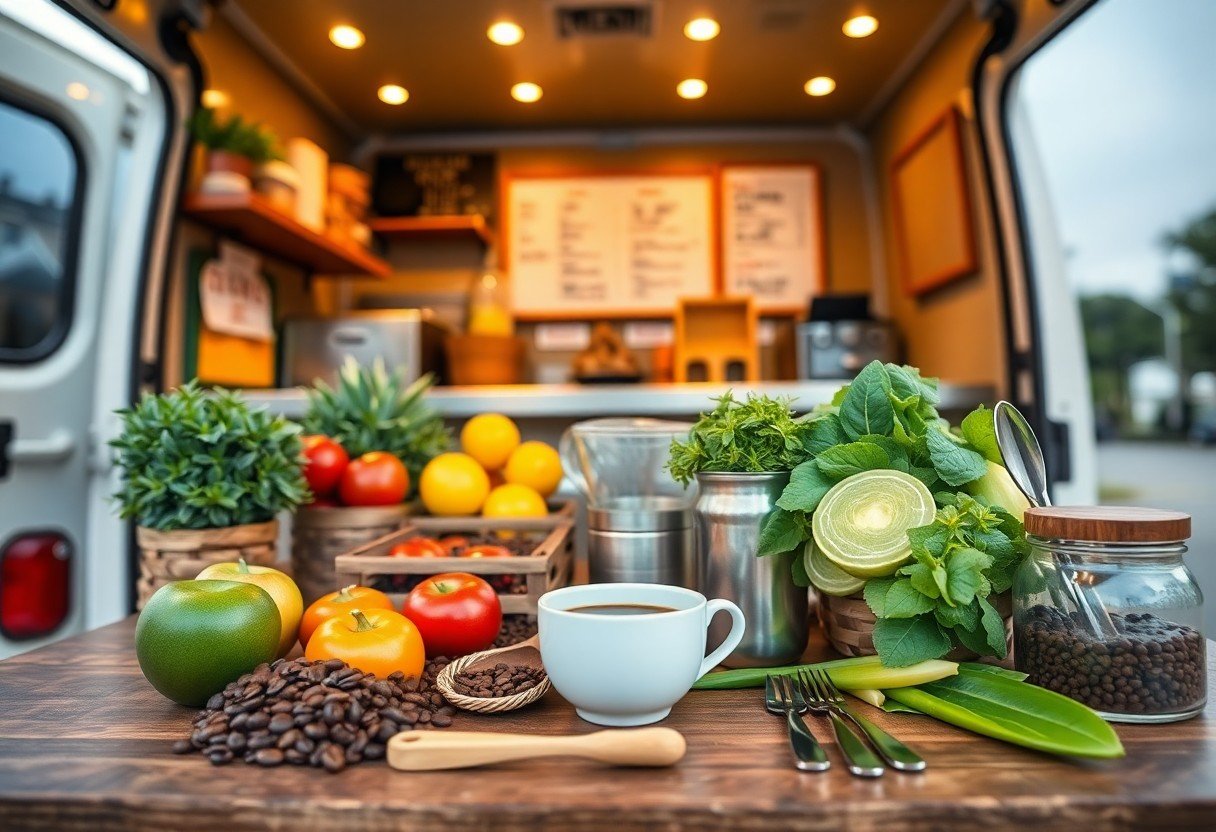
Sourcing Quality Ingredients and Supplies
Finding Reliable Vendors and Suppliers
Your cafe’s success hinges on the quality of the ingredients you use. Start by researching local farms, specialty food distributors, and wholesale suppliers who align with your menu’s theme. Attend food expos and trade shows to meet vendors face-to-face and sample products. Forming partnerships with local businesses not only supports the community but often leads to fresher ingredients and unique offerings that can set your cafe apart from competitors.
Establishing Relationships for Cost Efficiency
Mastering Marketing Strategies for Visibility
Effective Branding that Stands Out
Developing a unique brand identity sets your mobile cafe apart from competitors. Consider incorporating eye-catching colors, a memorable logo, and a cohesive theme that reflects the essence of your offerings. For instance, using vibrant colors can attract attention while a cleverly designed logo builds instant recognition. When potential customers encounter your brand online or at events, these elements will contribute to a positive first impression and entice them to explore your menu.
Your messaging plays a vital role in branding. Craft a tagline that clearly communicates your value proposition and resonates with your target audience. If your cafe specializes in organic coffee, for example, a tagline like “Savor the Purest Brews on Wheels” emphasizes quality and aligns with health-conscious consumers. Consistency across all platforms—be it your mobile setup, website, or social media—strengthens your branding and fosters customer loyalty.
Social Media Tactics to Boost Engagement
Utilizing social media effectively amplifies your visibility and connects you with potential customers. Post high-quality images of your coffee and food offerings, showcasing their appeal. Videos of your setup, behind-the-scenes moments, or even customer testimonials can enhance relatability, encouraging shares and comments. Engaging with followers by responding promptly to inquiries or comments creates a sense of community and encourages repeat visits to your mobile cafe.
Hosting giveaways or contests can also create buzz around your mobile cafe. By encouraging your audience to share your posts or tag friends, you can significantly expand your reach. Consider collaborating with local influencers who align with your brand to tap into their followers and gain credibility. Their recommendations can lead to an uptick in customers eager to try your offerings after seeing them endorsed by a trusted source.
Schedule regular posts that highlight seasonal specials, location changes, or community events to keep your audience informed and engaged. Use tools like Instagram Stories or Facebook Live to share real-time updates, adding a personal touch that fosters a deeper connection with your audience. Engaging content combined with strategic posting times can substantially increase visibility and drive foot traffic to your mobile cafe.
To wrap up
Following this guide will position you to successfully build a profitable mobile cafe. By focusing on key aspects such as equipment selection, menu development, and effective marketing strategies, you can create a business that attracts customers and drives revenue. Ensure that your operations are streamlined and your customer service is exceptional, as these factors will significantly influence your growth and sustainability.
As you commence on this journey, continuously assess your market and adapt to changing consumer preferences. Engaging with your community and utilizing feedback can enhance your offerings and strengthen your brand. With diligence and the right approach, your mobile cafe can thrive in a competitive landscape, providing you with both personal satisfaction and financial success.
FAQ
Q: What are the initial steps to start a mobile cafe?
A: Begin by researching local regulations and licensing requirements. Create a business plan outlining your target market, menu, and budget. Acquire necessary permits and find suitable equipment such as a food truck or cart.
Q: What equipment do I need for a mobile cafe?
A: Essential equipment includes a reliable mobile unit, espresso machine, coffee grinder, blenders, refrigeration, utensils, and a POS system. Consider additional items based on your menu offerings, such as ovens or grills.
Q: How can I market my mobile cafe effectively?
A: Utilize social media to create a brand presence and showcase your offerings. Engage with local businesses and events for partnerships and catering opportunities. Distribute flyers and offer promotions to attract initial customers.
Q: What factors affect pricing for a mobile cafe’s menu?
A: Consider the cost of ingredients, overhead expenses, market competition, and target customer demographics. Adjust prices to reflect quality and service, ensuring profitability while remaining attractive to customers.
Q: How can I ensure consistent customer engagement for my mobile cafe?
A: Build a loyal customer base by offering rewards programs and asking for feedback. Participate in community events and maintain active communication through social media platforms. Regularly update your menu to keep offerings fresh and exciting.
